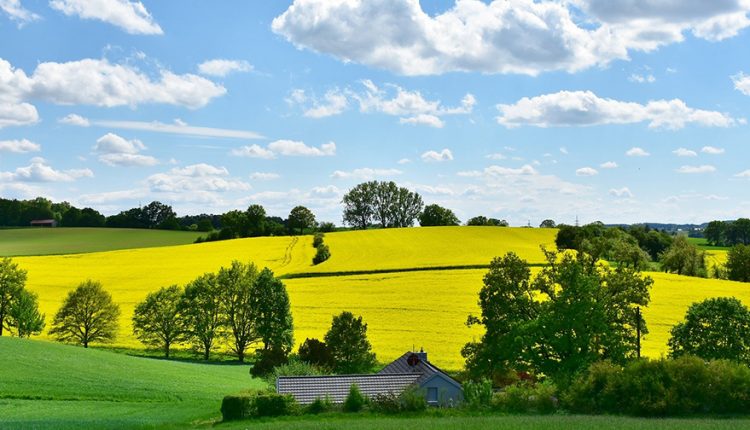AI-Powered Agricultural Robots: Affordable Ultra-Precision?
The developments in agricultural robotics, machine vision, and AI will drive a deep and far-reaching transformation of the way farming is carried out. Yes, today the fleet sizes and the total area covered by new robots are still vanishingly small compared to the global agricultural industry.
However, this should not lull the players into a false sense of security because the ground is slowly but surely shifting. Robotics and AI are enabling a revolution in affordable precision, which will eventually upend familiar norms in agrochemical supply, in agricultural machine design, and in farming practices.
This development frontier has the wind in its sails, pushed by rapidly advancing and sustainable hardware and software technology trends and pulled by structural and growing challenges and needs. In the IDTechEx assessment, these technology developments can no longer be dismissed as gimmicks or too futuristic. They are here to stay and will only grow in significance. Indeed, all players in the agricultural value chain will need to develop a strategy today to benefit from, or at least to safeguard against, this transformative trend.
This article provides an extended discussion of emerging small and mid-sized autonomous precision robots as well as intelligent robotic implements. These are just two classes of robots amongst many in the agricultural robot space. Subsequent articles will cover autonomous tractors, fresh fruit robotic picking, autonomous spraying, and automatic milking. For each category, IDTechEx assess the technical and commercial development status and analyse remaining challenges as well as future development trends and roadmaps.
This article is based on the new IDTechEx report ‘Agricultural Robots, Drones, and AI: 2020-2040: Technologies, Markets, and Players’. This report provides a comprehensive analysis of all the hardware and artificial intelligence technology trends, helping assess and contextualize the current development status and to envisage a realistic future technical and market roadmap.
The IDTechEx report analyses all the emerging product types including autonomous robots taking plant-specific precision action, intelligent vision-enabled robotic implements, diverse robotic fresh fruit harvesters, highly automated and autonomous tractors and high-power farm vehicles, drones, automatic milking, and so on. It provides interview-based company profiles and analysis of all the key companies and innovators. Finally, the report offers short- and long-term market forecasts, considering the addressable market size in area/tons and value, penetration rates, annual robot sales, accumulated fleet size, total RaaS (robot as a service) revenue projections and so on. The forecasts cover 15 robot types and farming sectors.
Autonomous Ultraprecision Robots
Examples of these products or robots are shown below. These are often small or mid-sized robots which are designed to autonomously navigate and to automatically take some precise plant-specific action. Therefore, these robots bring together AI-based machine vision technology, precision control engineering, and autonomous navigation technology.
Technology Trends
Machine vision technology is often a core competency of these robots. In simple robots, the vision system follows a row and identifies all out-of-row living objects as, for example, a weed. This is a mature and easy-to-implement system, but its performance is limited and its future technology development horizon extremely constrained.
In complex systems, the vision technology sees, identifies, localizes crops/weeds, and enables some intelligent site-specific action. Here, the vision systems increasingly use deep learning algorithms often trained on expert-annotated image datasets. The performance of these algorithms exceeds those based on advanced hand-crafted features.
For example, a deep learning system might reach a precision, recall, and F1 scores larger than 86.5%, 86.1%, and 0.86, respectively, whilst a conventional system would reach 57%, 50%, and 0.53, respectively. These figures are obviously indicative but nonetheless serve to highlight the performance leaps which trained deep neural networks (DNN) enable.
Crucially, DNN based approaches open the horizons of the technology roadmap, since the same technique can be utilized to teach the machine to identify all manners of plants. Therefore, this approach will lay down a pathway for progressing from specific plant types towards a more universal system. As such, this approach is not currently operating anywhere near the limits of what it can offer.
Naturally, these systems are not without their own challenges. The data collection and annotation phase can be slow and expensive since the training set needs to capture a diverse range of conditions. This process is becoming increasingly streamlined and partially outsourced and/or semi-automated. In the future, more open data sources will become available too. Furthermore, some degree of software adjustment may be required when entering new environments or locations depending on the dataset. Newer algorithms, however, show that this tweaking can be dramatically minimized.

